Coffee is one of the most popular beverages in the world. This means you have different options to get your fix. In fact, you can find a Starbucks on six continents, which is not your best option, but one many people seem to take on anyway.
Splurging on an espresso machine that's high-end is another route. Other options include; getting a percolator and pairing that with some specialty coffee of some sort, or going with a simple drip machine.
And then there's the French press, which is honestly the preferred choice of many coffee aficionados.
Why Choose French Press?
Many people feel that the best coffee is made with a French press, yet there are many who have never even seen a French Press.
One of the reasons to choose the French Press is flavor. The French press has the particular benefit of retaining more of the natural oils from the coffee grinds.
The oils, according to the majority of people, are what give coffee its distinctive flavor. The powerful natural taste of the coffee grinds is not filtered away by a French press because it does not utilize a filter like a drip machine.
The grinds also remain in contact with the water for a longer period of time, which also adds to the development of flavor.
How Do You Make Coffee In The French Press?
When making coffee with a French Press, there are a few things to keep in mind. You should start with coarse-ground beans. You shouldn't use a blade grinder since it doesn't ground the beans evenly and warms them up, removing the taste you desire in your cup.
If you don't have a burr grinder, you can ask to have your beans ground at the store. At Kunjani just ask one of our baristas and they will be happy to help.

Start by adding the grounds with hot water into the French press' carafe. Keep them there for 3-5 minutes. Afterwards, slowly plunge the grounds down before pouring it into a cup.
Take note that coffees have varying densities, which means the coffee and the water have to be weighed. For complete instructions see our French Press brewing guide.
There's something for each of the senses that can be found in a cup of coffee that's been prepared with a French press. It's only the ground coffee that gets left behind; everything else is poured in with the mix.
Since the water temperature of the French press is stable throughout the brewing cycle, the coffee comes out beautifully. When it comes to other machines such as percolators and drip machines, the temperature shifts rather quickly.
You'll have to adjust to the new flavor due to the differences. You'll enjoy the scent and be able to see the coffee oils floating on top. You'll notice the little bean particles in your coffee as you sip it.
The Best Coffee
The French press is widely preferred by many due to the quality of the coffee that results from it.
Think about your favorite sumptuous meal: doesn't the flavor generally come from oils and fats? Paper filters in the likes of drip machines tend to absorb coffee grounds' oils and flavors.
On the other hand, French press machines allow the flavor to stay and, as previously mentioned, add tiny coffee ground particles into the coffee for an extra kick.
A common misconception is that steeping is strictly meant for tea. Coffee can steep as well, thanks to French press machines. This steeping has a positive impact on the overall taste, since the flavor comes from the grounds that are steeping instead of being removed by a paper filter.
Conclusion
Coffee is one of the most beloved beverages all over the world. There are many machines available for coffee beans, such as the drip machine, but nothing quite beats the French press. It has several benefits, such as a robust flavor and a cup of coffee that appeals to multiple senses.
Looking to get the perfect beans to try out your French press? Check out Kunjani, a small batch coffee roaster! We are a women-owned coffee shop and coffee roaster based in Naples, FL.


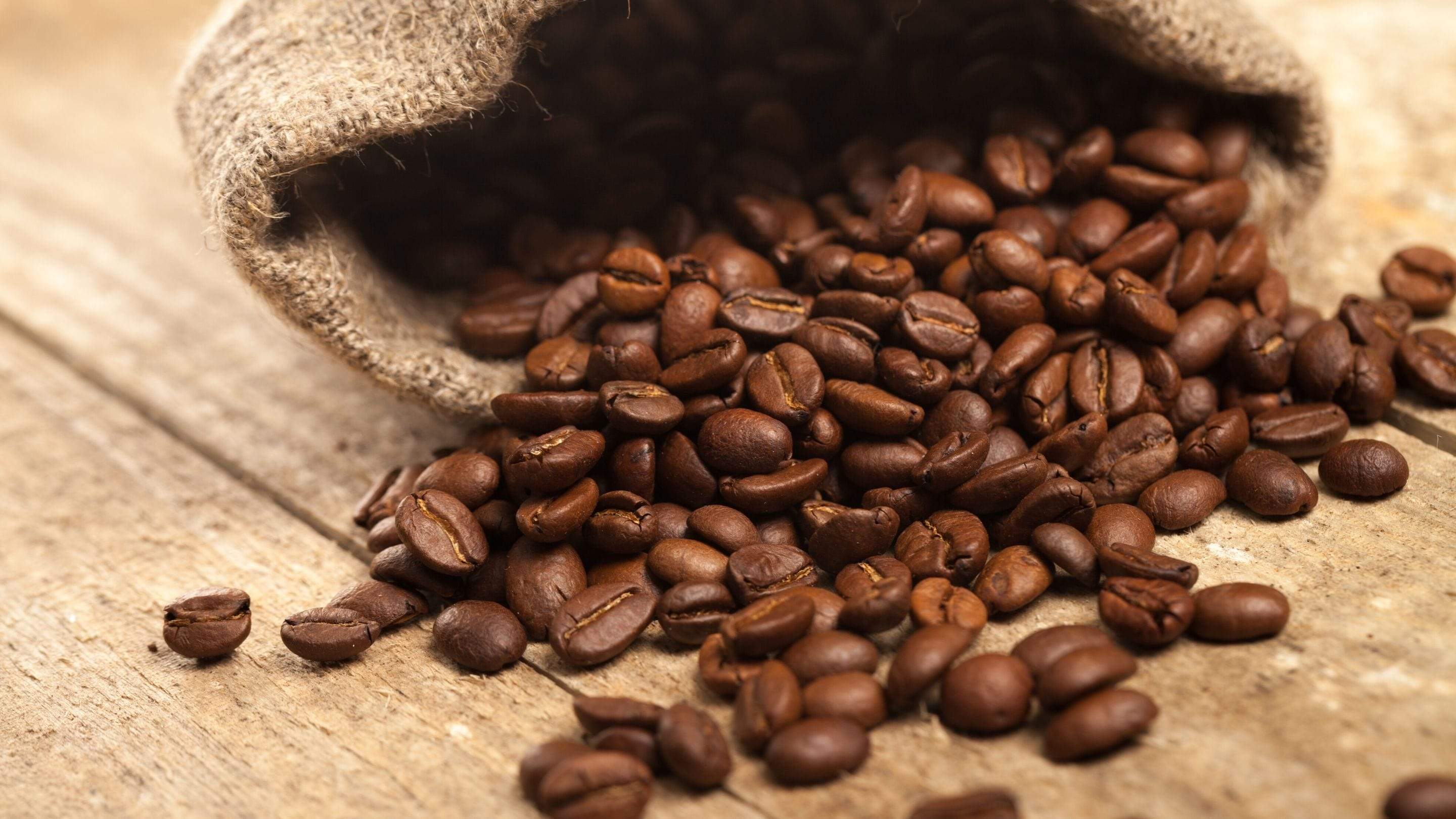
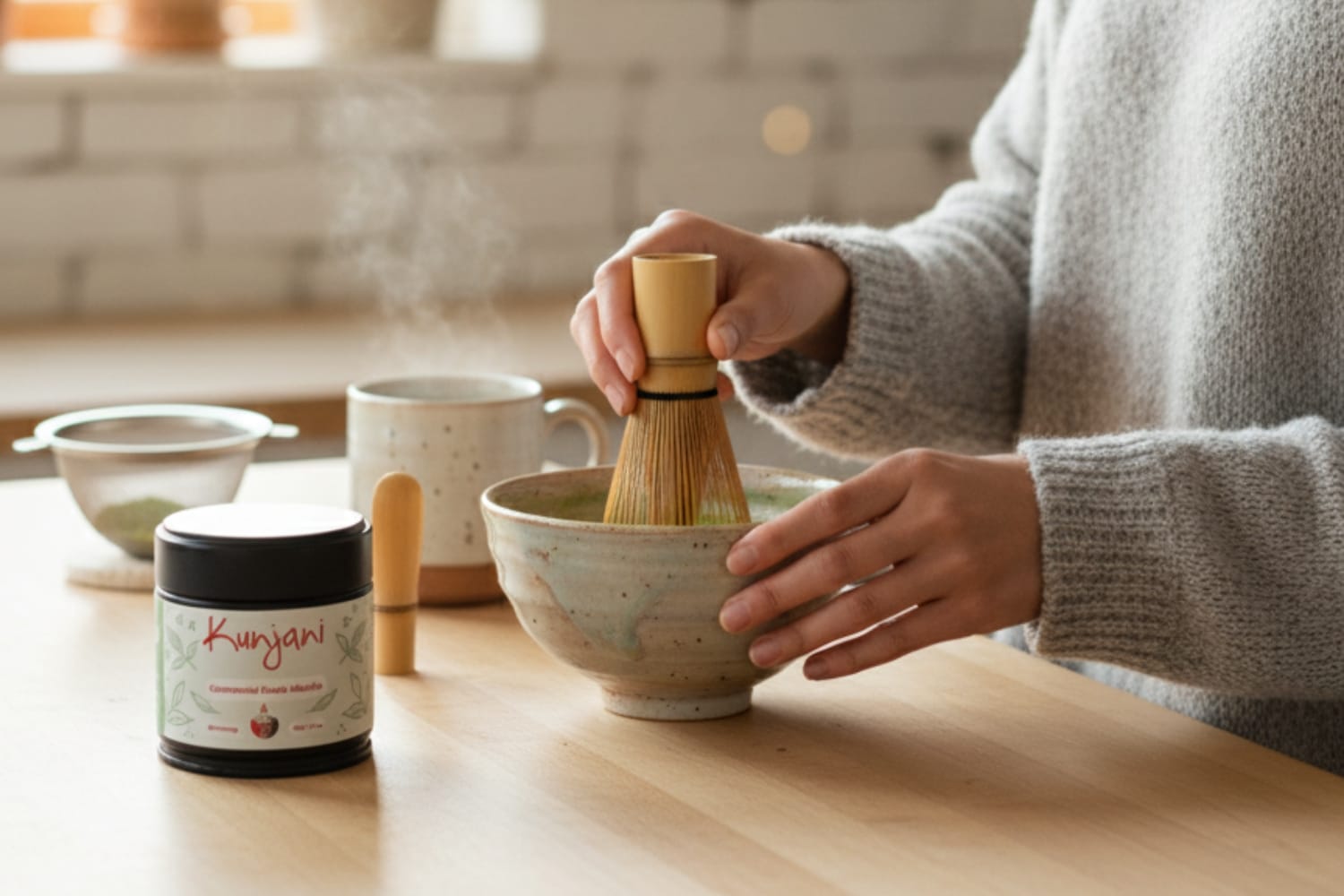


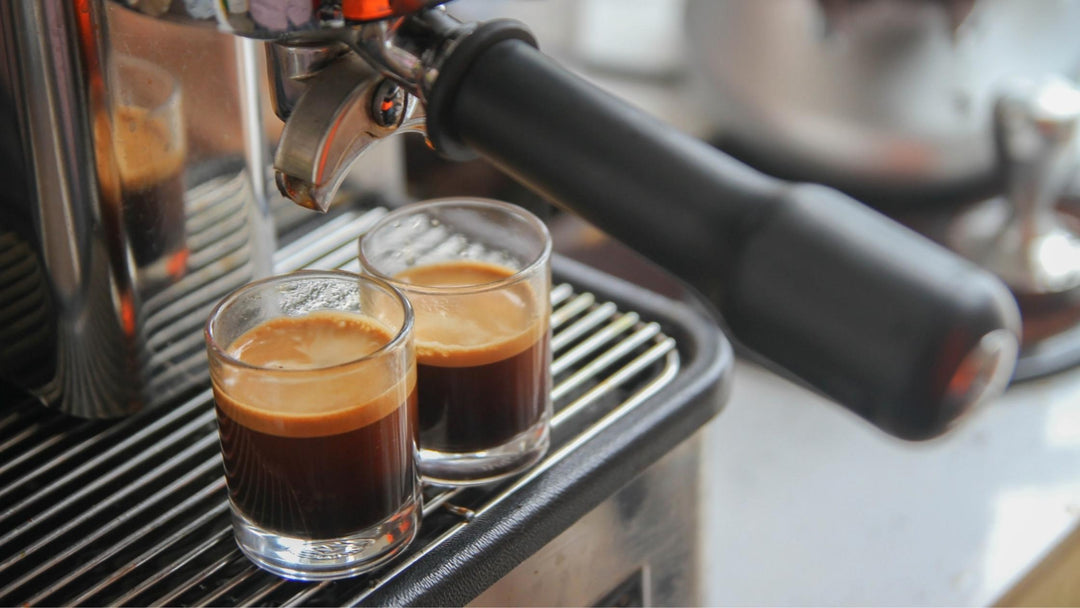

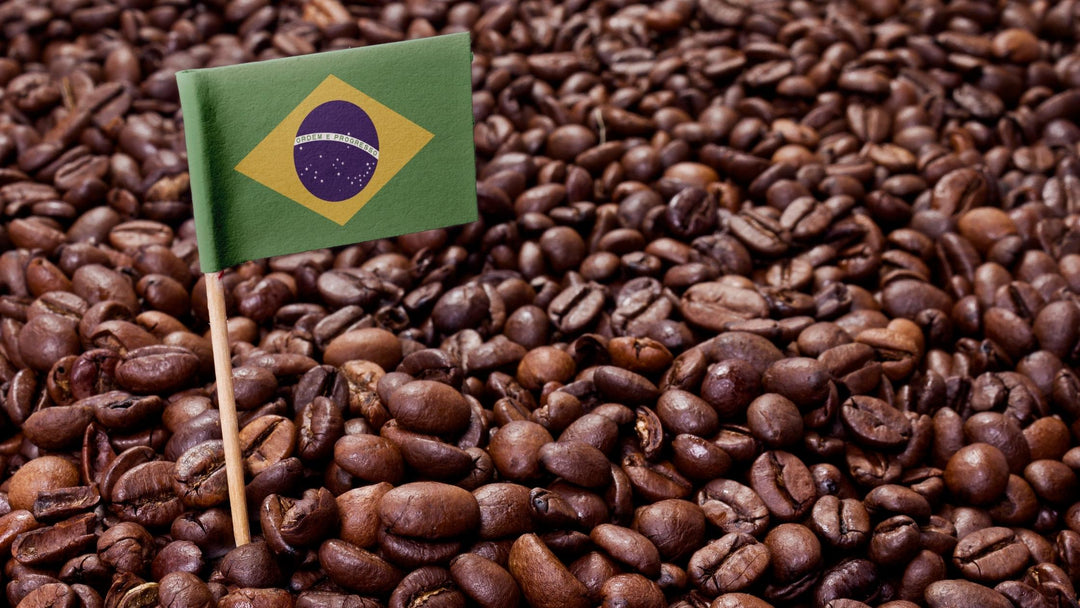

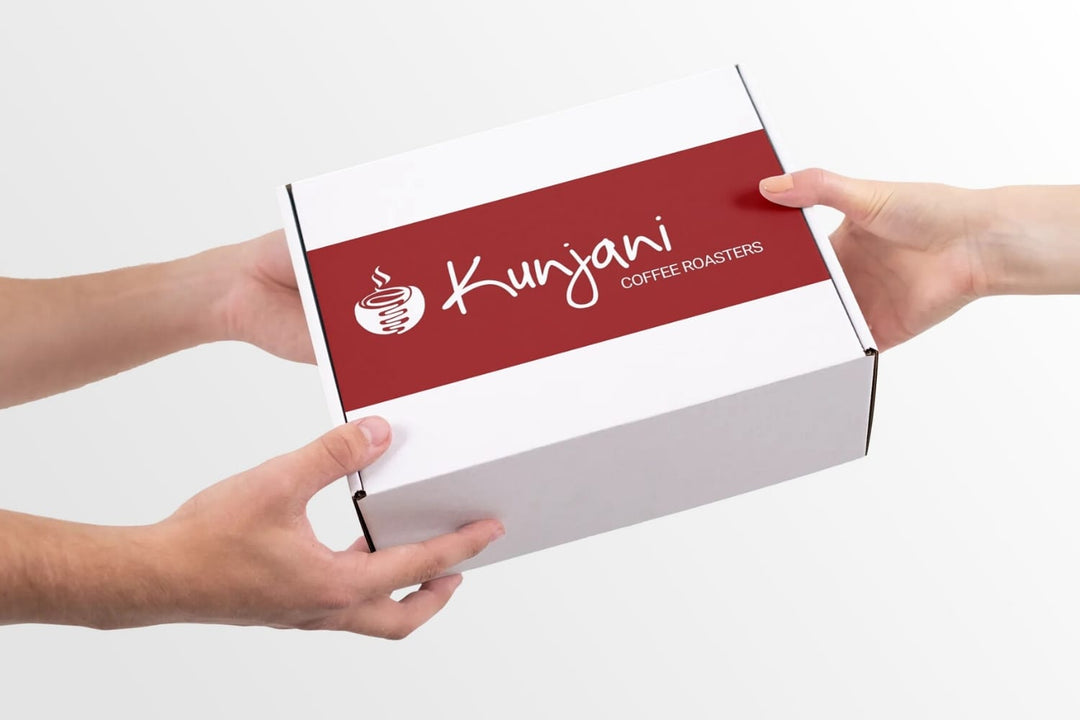
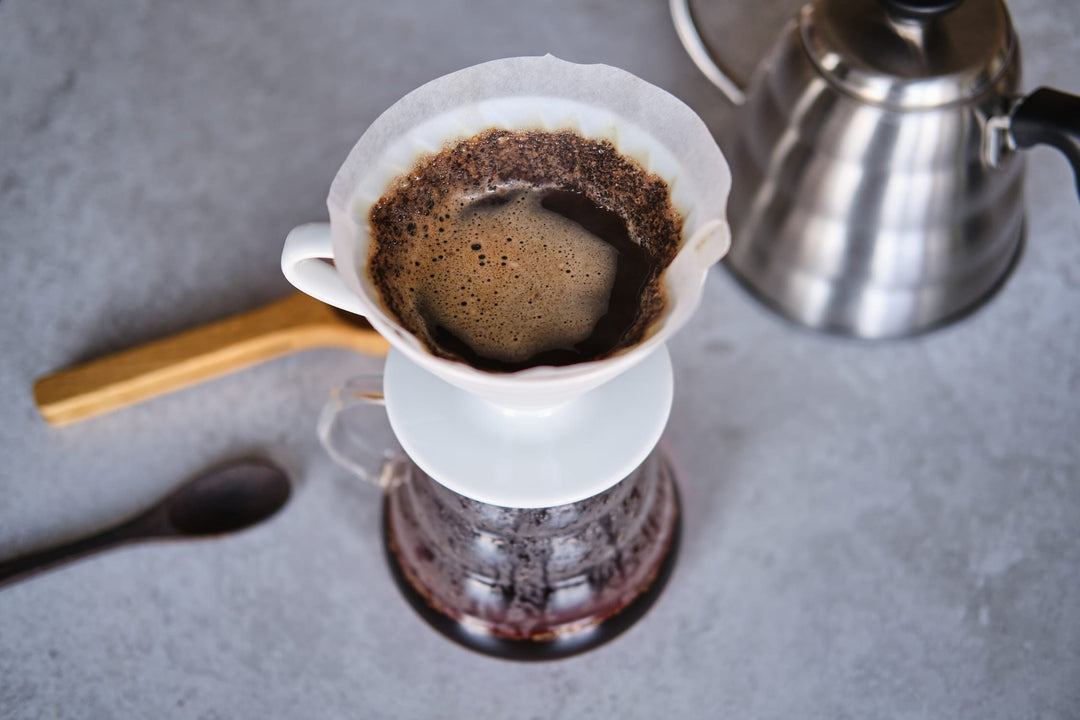
Leave a comment